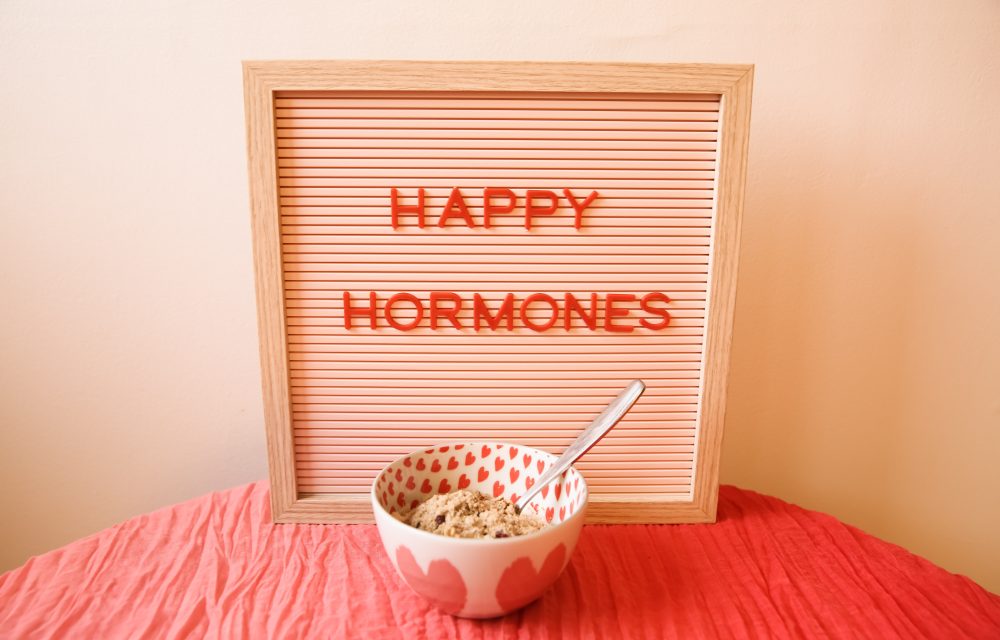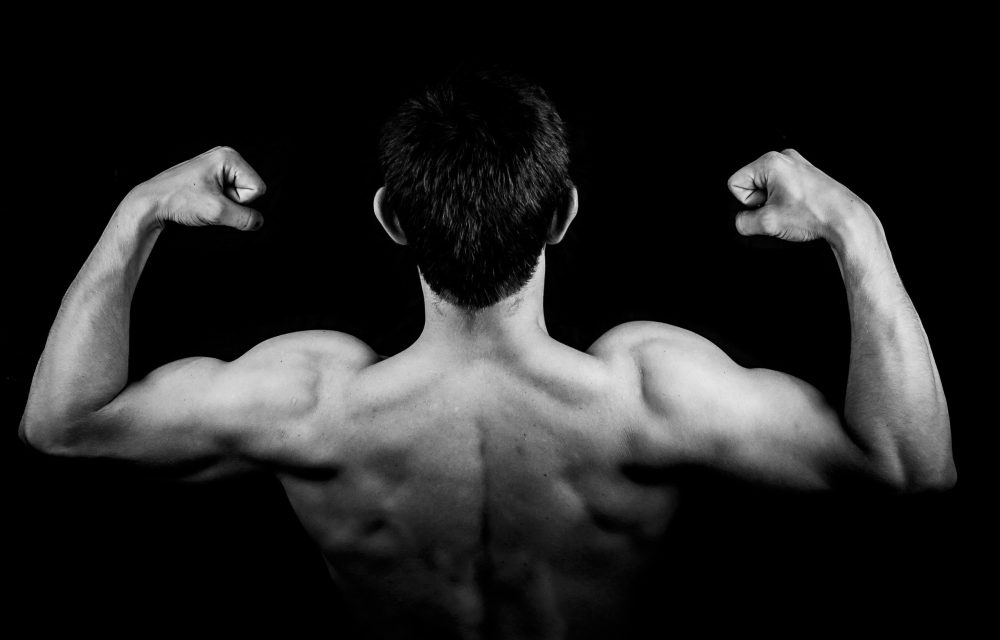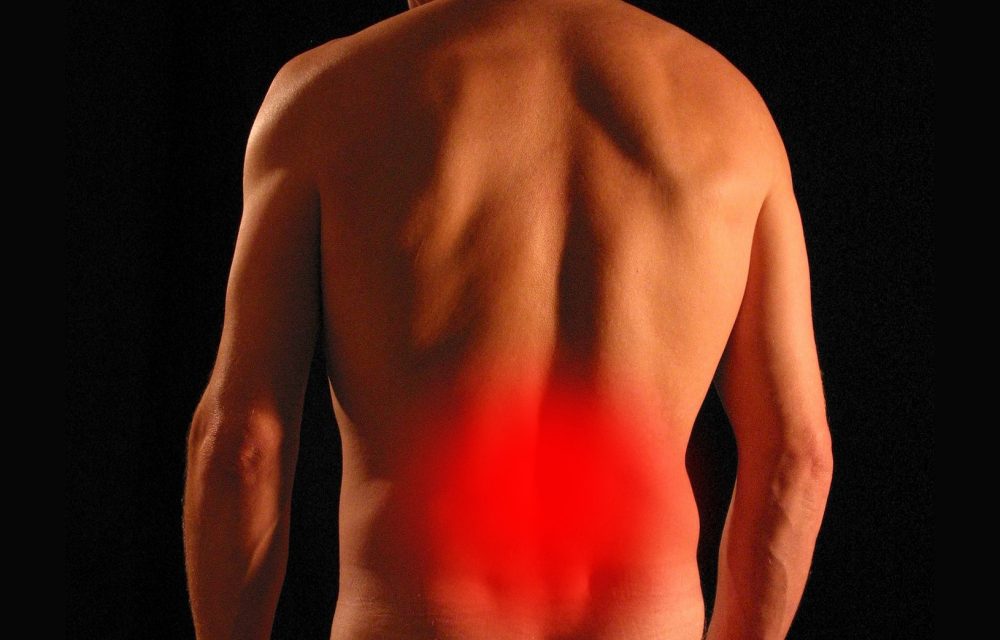Hormones, Health And Behavior
When people hear the word hormones, they think of sex hormones, such as estrogen and testosterone, but hormones do more than just control sexual development and function. Some play a vital role in good health and some hormones affect behavior, mood, and cognitive functioning. Hormones may make you overeat. Ghrelin is a hormone that makes you hungry, while leptin makes you feel full. Lack of sleep can increase the hormone ghrelin and reduce the production of leptin, making weight gain more probable.
Insulin is one of the best-known hormones, next to sex hormones.
When the body doesn’t produce any insulin, you have type 1 diabetes. Too much insulin is also bad. The body can develop insulin resistance that can turn into type 2 diabetes. In type 2 diabetes, the body can’t produce enough to open the cells to uptake glucose from the bloodstream and use it for energy in both situations, lack of glucose causes cell damage and death. It can cause damage to all parts of the body.
An overproduction of stress hormones can create physical and emotional issues.
Cortisol is one of the better-known stress hormones. The adrenal glands create it. It gets the body prepared to run or fight. When you do either one, it burns off the effects of cortisol. You need stress hormones to survive, especially if you face a life-threatening experience, but not all stressful situations are life-threatening. Traffic jams, angry bosses, and crying babies certainly aren’t, yet they cause stress. If you don’t burn cortisol or other stress hormones, it can create anxiety and even depression.
Hormones play a role in almost all functions that affect your physical and mental well-being.
Adequate sleep is necessary to avoid irritability, mood swings, weight gain, and poor memory. Serotonin helps you get that sleep. Some hormones affect where you store fat. Sex hormones and cortisol are two of those. HGH—human growth hormone—is called the “fountain of youth” hormone. It helps build muscles and affects fat metabolism, and body composition. There’s no evidence it turns back time for your body, but people still buy HGH tablets, even though stomach acid destroys it. The best way to boost the body’s HGH is through exercise, particularly HIIT—high intensity interval training.
- What other hormones can affect your mood and behavior? Dopamine, glutamate, norepinephrine, and of course serotonin all do. Low levels of serotonin are linked to depression and dopamine is known as the happy hormone because it makes you feel good.
- High levels of testosterone can make you aggressive and angry. High levels of estrogen can make you irritable. When your sex hormones are out of balance it affects your mental and physical health.
- Exercise and a healthy diet can help keep hormones regulated. Exercise helps you sleep better, to keep ghrelin and leptin in check. It also burns off the hormones of stress. A healthy diet can help prevent problems with insulin.
- Your thyroid gland creates hormones that help you stabilize weight gain or weight loss. If it’s not producing enough, it can cause weight gain, dry skin, fatigue, and hair loss. Too much can cause hyperthyroidism with heart palpitations, weight loss, and other symptoms.
For more information, contact us today at Team-ISC











